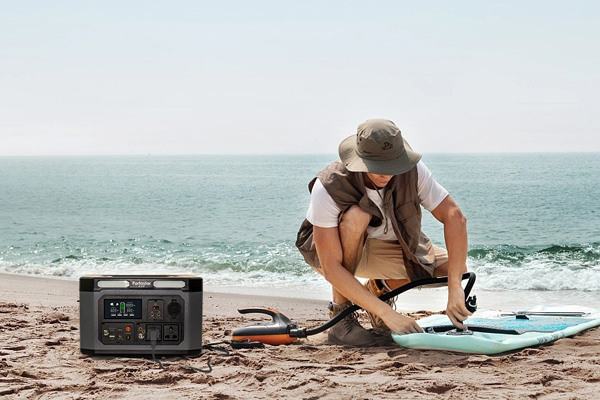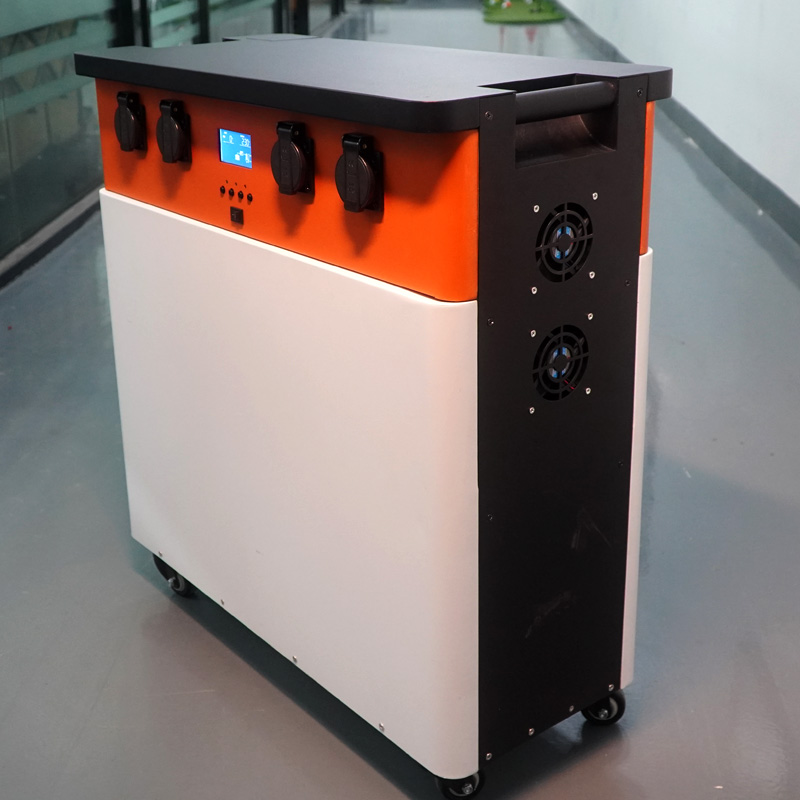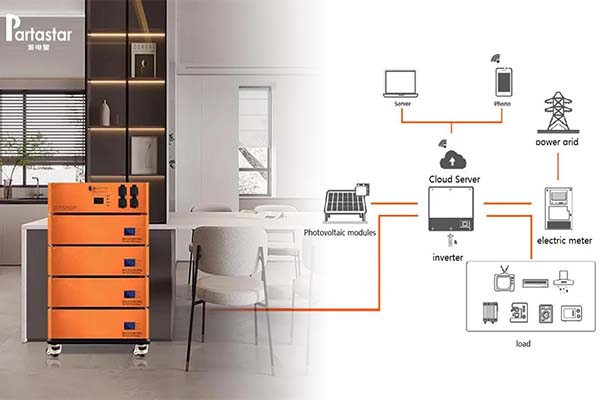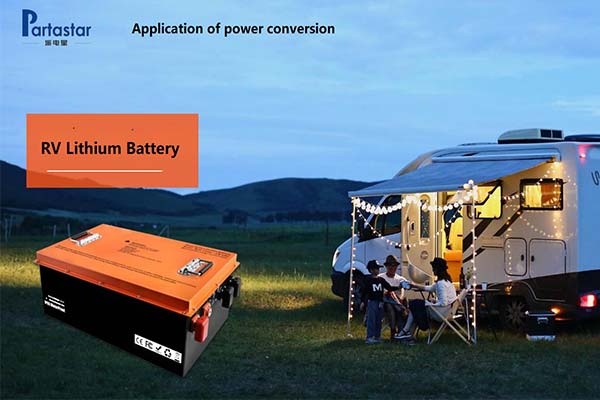A lithium battery power station is a versatile device that can power a wide range of appliances and electronics.Whether you're camping,traveling,or experiencing a power outage,a lithium battery power station can provide on-demand power for your devices.In this article,we'll explore what you can power with a lithium battery power station and how to calculate the power requirements of your devices.
Devices that can be powered by a Portable Power Station
1.Lights:Portable power stations can power LED lights,lanterns,and other types of lighting.This is particularly useful when camping or during power outages.
2.Small appliances:Portable power stations can power small appliances such as coffee makers,blenders,and microwaves.However,it's important to check the wattage of the appliance to ensure that it doesn't exceed the power capacity of the power station.
3.Electronics:Portable power stations can power a variety of electronics,including smartphones,laptops,tablets,and cameras.This is particularly useful when you're on the go and don't have access to power outlets.
4.Medical equipment:Portable power stations can power medical equipment such as oxygen concentrators,CPAP machines,and nebulizers.This is particularly useful for those who require medical equipment while camping or traveling.
5.Power tools:Portable power stations can power power tools such as drills,saws,and sanders.This is particularly useful for contractors and DIY enthusiasts who need to power tools on the go.

Calculating power requirements
When using a lithium battery power station,it's important to calculate the power requirements of the devices you want to power.Most devices will have a label that indicates their power consumption in watts(W)or volt-amps(VA).To calculate the power requirements,you'll need to multiply the voltage(V)by the amperage(A).For example,if a device requires 120 volts and 5 amps,the power consumption would be 600 watts(120 x 5).
Once you know the power consumption of your devices,you can determine whether they can be powered by your lithium battery power station.Most lithium battery power stations will have a maximum power capacity measured in watt-hours(Wh)or amp-hours(Ah).To determine how long your device can be powered by the power station,you'll need to divide the power capacity of the power station by the power consumption of the device.For example,if your power station has a capacity of 500 Wh and your device consumes 100 watts,it could power the device for 5 hours(500/100=5).
It's important to note that the power capacity of a lithium battery power station will decrease as the battery is drained.This means that the amount of time your device can be powered will decrease as well.Additionally,it's important to avoid overloading the power station by exceeding its maximum power capacity.
In summary,a lithium battery power station can power a wide range of appliances and electronics,including lights,small appliances,electronics,medical equipment,and power tools.When using a lithium battery power station,it's important to calculate the power requirements of your devices to ensure that they can be powered by the power station.By following these guidelines,you can ensure that your lithium battery power station provides reliable on-demand power for all your devices.



